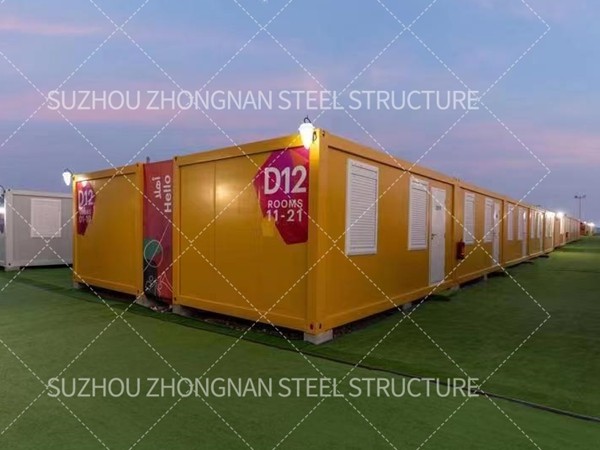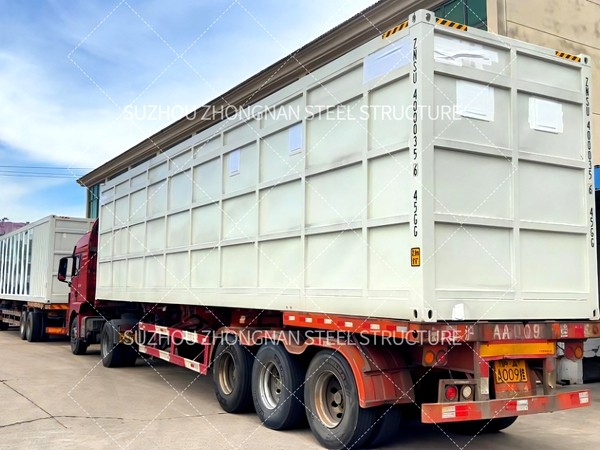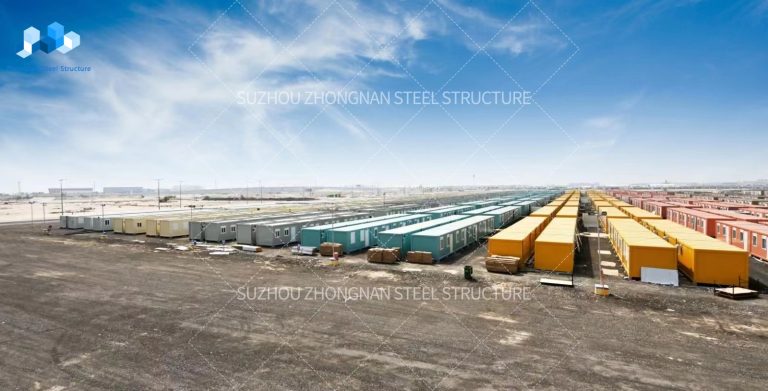cost of premade homes
The cost of premade homes, also known as prefabricated or modular homes, is a subject gaining interest among prospective homebuyers looking for efficiency, affordability, and minimal environmental impact. These homes are not only quicker to build but can offer considerable savings compared to traditional homes. This exploration sheds light on the various costs associated with premade homes, ensuring that you are armed with the knowledge needed to make an informed decision.
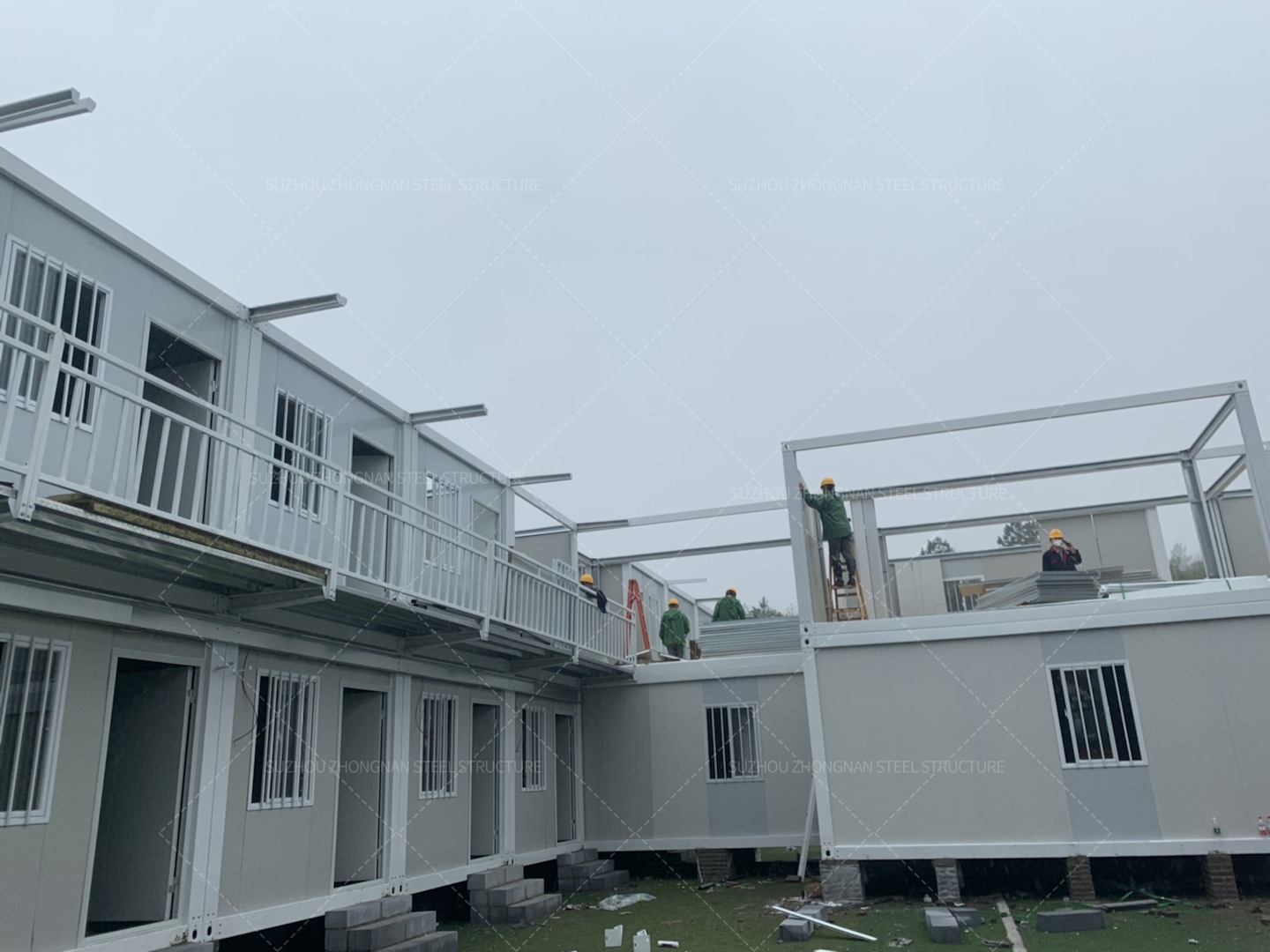
Prefabricated homes are constructed in a factory setting, allowing for a streamlined process free of many common construction delays. These homes come in different types and styles, impacting overall cost. Initial pricing for basic models can start as low as $50,000 and can reach upwards of $300,000 for luxury models with customizable options. Key determinants of cost include design complexity, materials used, and the geographic location where the home will be installed.
One core advantage of premade homes is the predictability in pricing. With traditional builds, unforeseen weather conditions or material shortages can lead to budget overruns. In contrast, the factory-controlled environment of premade homes minimizes these risks. Due to economies of scale, manufacturers can purchase materials in bulk, reducing expenses that typically inflate costs in traditional homebuilding.
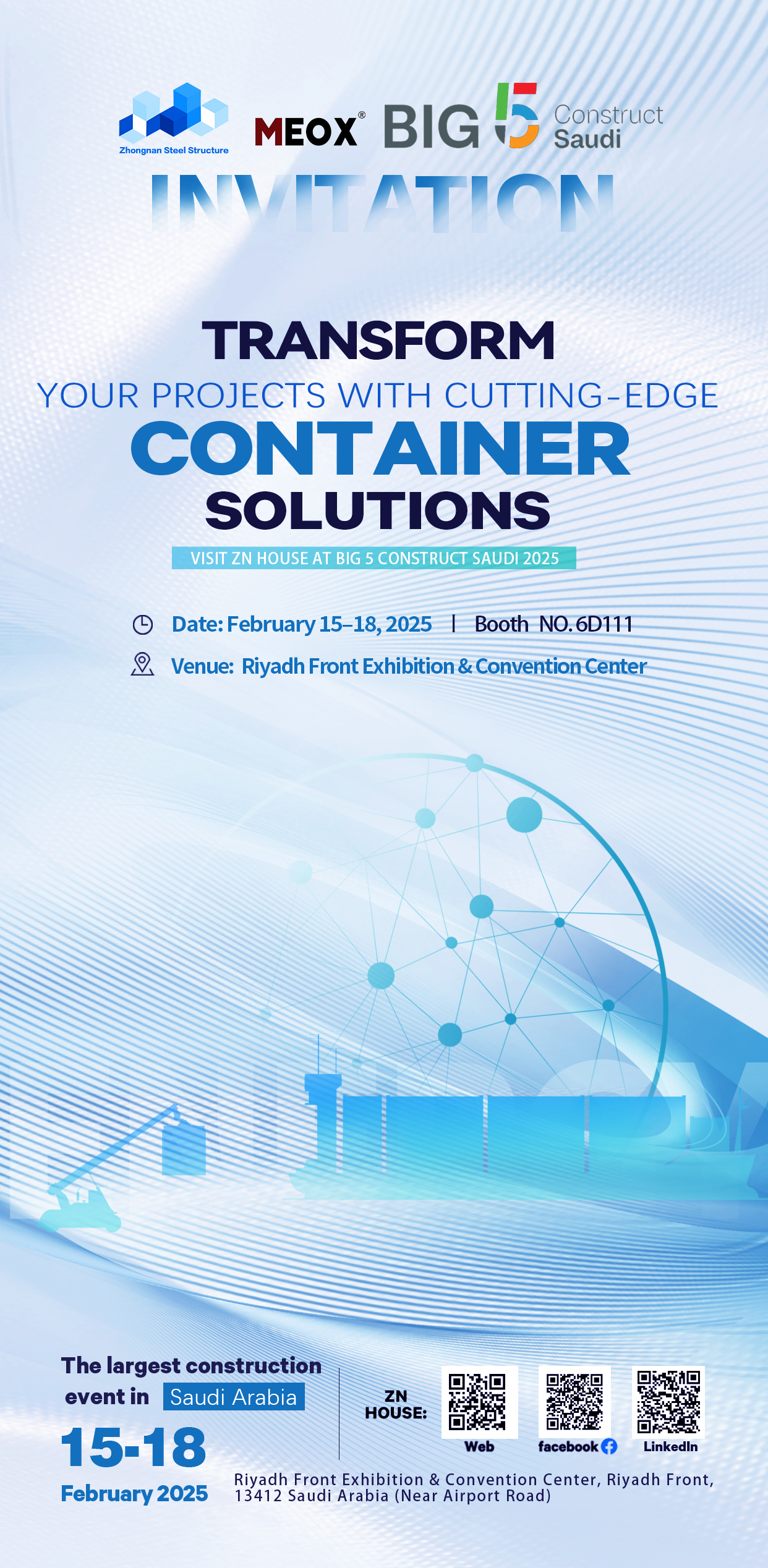
When considering the cost of assembly and installation, transportation fees must be factored in. These fees can vary based on the site’s remoteness from the manufacturing facility. On average, transportation can add between $5,000 to $20,000 to the overall expenditure. Moreover, site preparation, including foundation laying and utility hookups, can range from $10,000 to $50,000. Nonetheless, these are generally predictable expenses, allowing for more accurate budgeting.
Energy efficiency is another cost-related benefit of premade homes. Built with cutting-edge technology, these homes often exceed traditional energy codes. Enhanced insulation, strategically placed windows, and state-of-the-art appliances reduce utility costs over time. A well-designed prefabricated home can lower energy bills by up to 30%, presenting significant long-term savings. cost of premade homes
It's important to consider financing options, as the way you finance a premade home can substantially affect its cost. Many lenders offer loans specifically tailored for modular homes. Interest rates and terms are competitive, aligning closely with traditional mortgage options. It's advisable to compare lenders to find the most favorable rates, as securing a suitable financing package can further enhance cost-effectiveness.
The resale value of premade homes is another advantage. Historically, modular homes appreciate in value much like traditional homes, primarily when located in desirable areas. They are subject to strict manufacturing standards, often leading to higher quality construction that appeals to buyers. As the stigma once associated with prefabricated homes decreases, and as ecological concerns grow, these homes are increasingly sought after, contributing positively to their market resale potential.
From a sustainability standpoint, opting for premade homes supports eco-friendly practices. The controlled construction process typically results in less waste and reduced carbon emissions. Many manufacturers prioritize sustainable materials, adding environmental value and aligning with modern demands for green living. This factor can be a considerable draw for environmentally conscious buyers, potentially influencing future market demand and pricing.
In conclusion, while premade homes offer a financially attractive, sustainable, and efficient alternative to traditional housing, the total cost involves multiple factors beyond the initial purchase price. By thoroughly understanding these elements, which include transportation, site preparation, energy efficiency, and resale potential, buyers can make a savvy investment decision. As more people recognize the benefits of these homes, the market for them will likely continue to expand, cementing their place as a viable option in the modern housing landscape.


